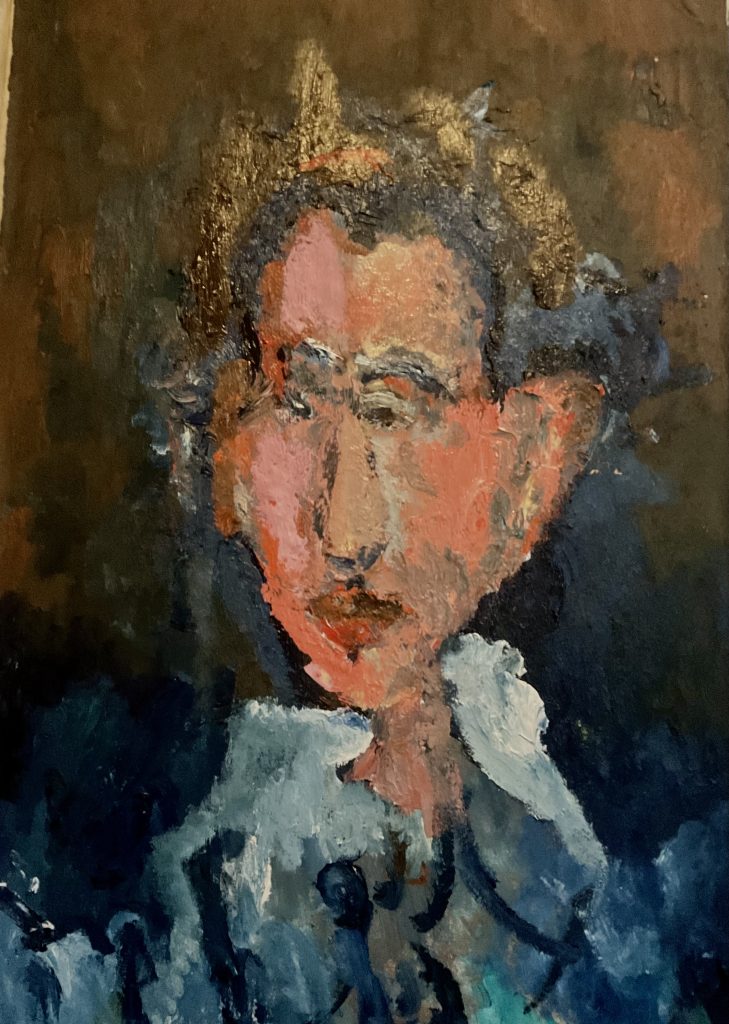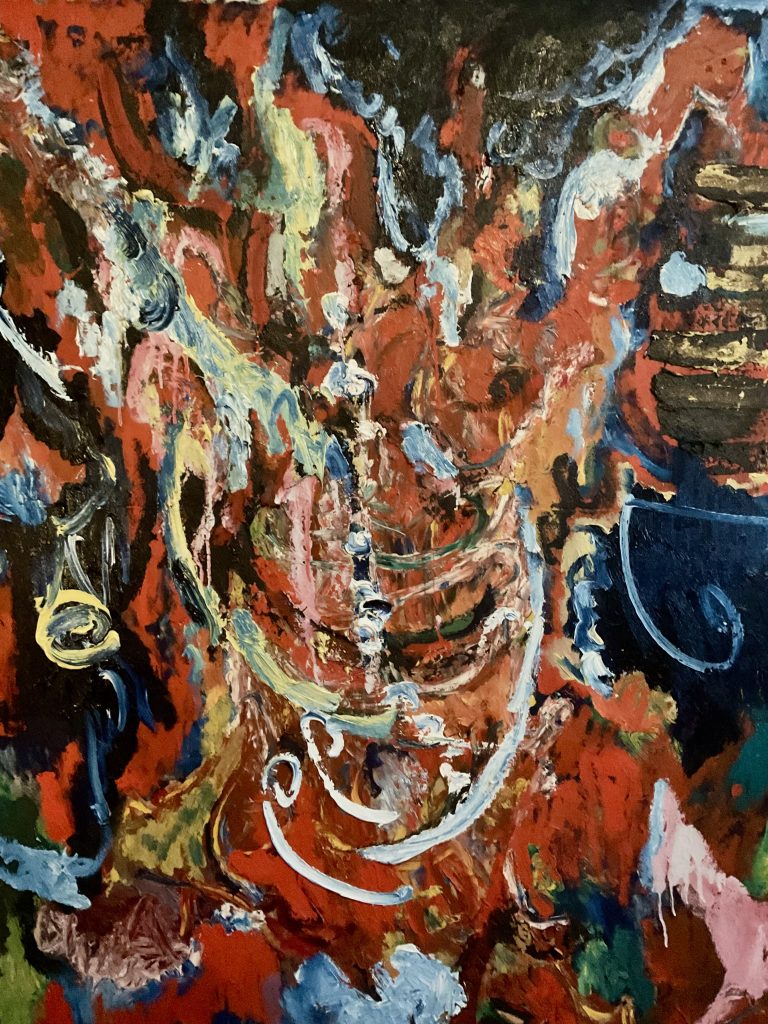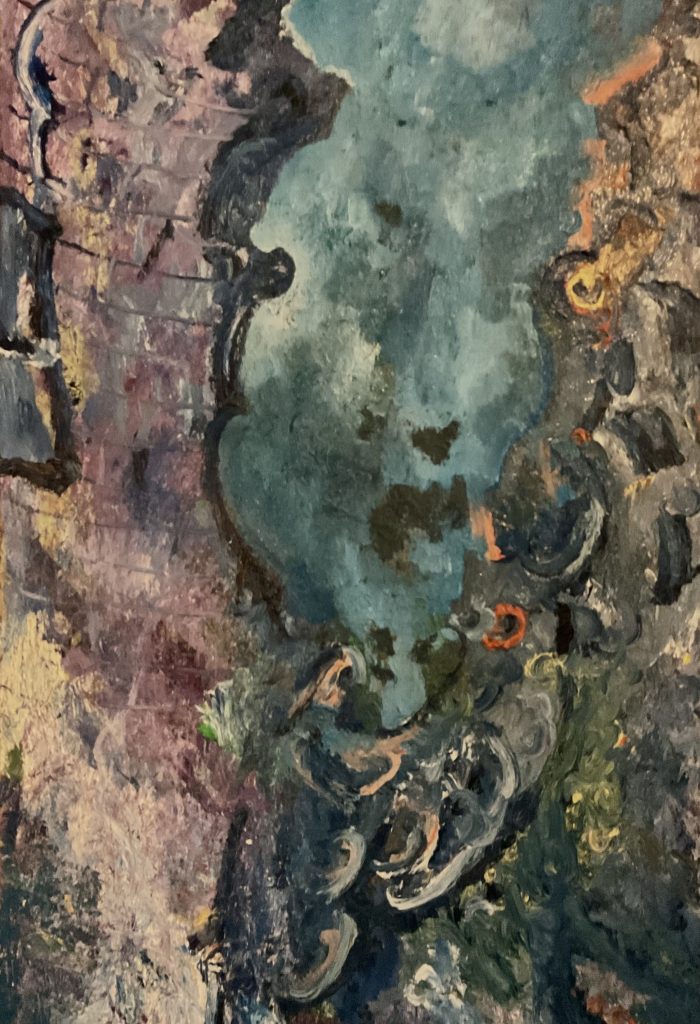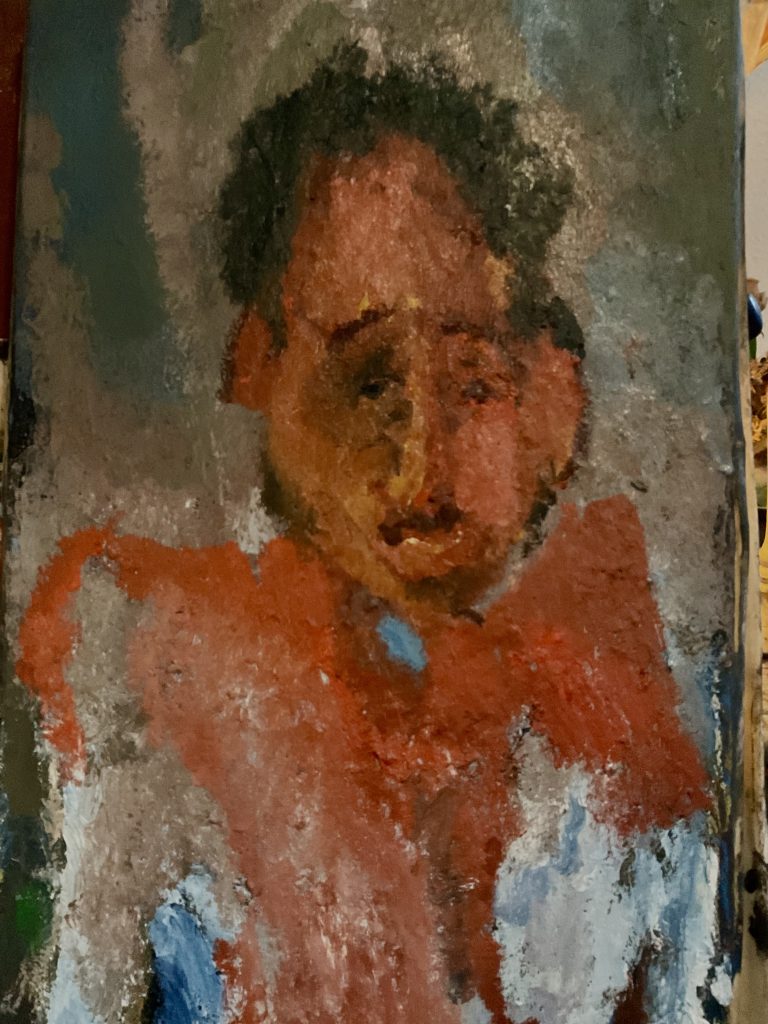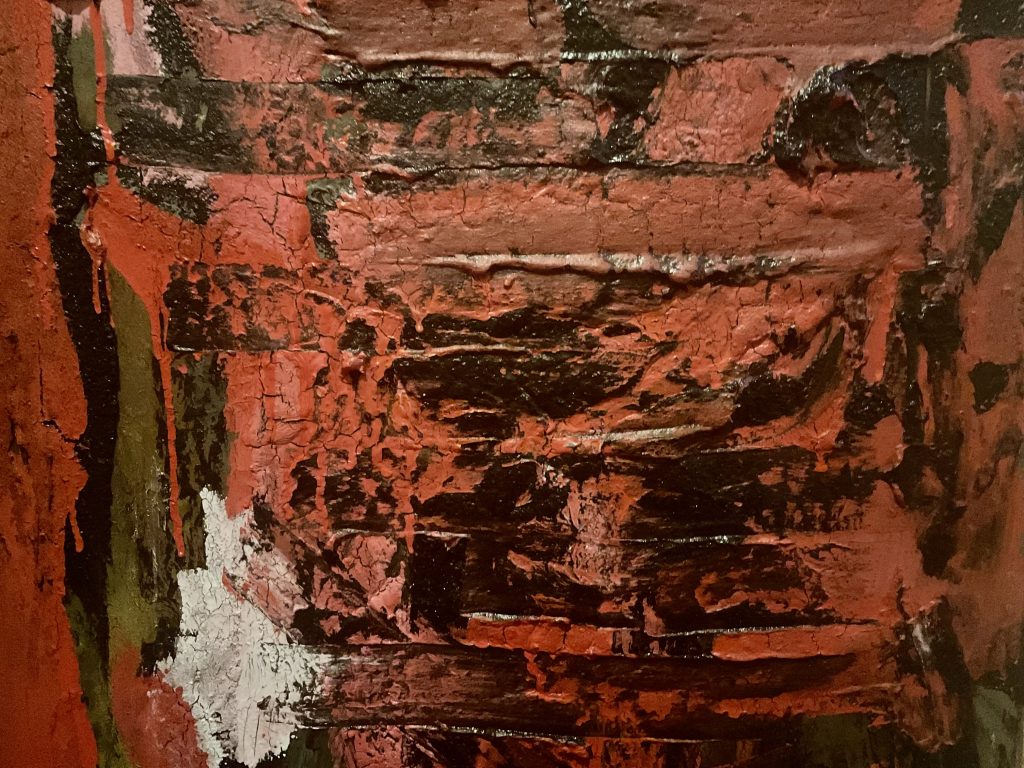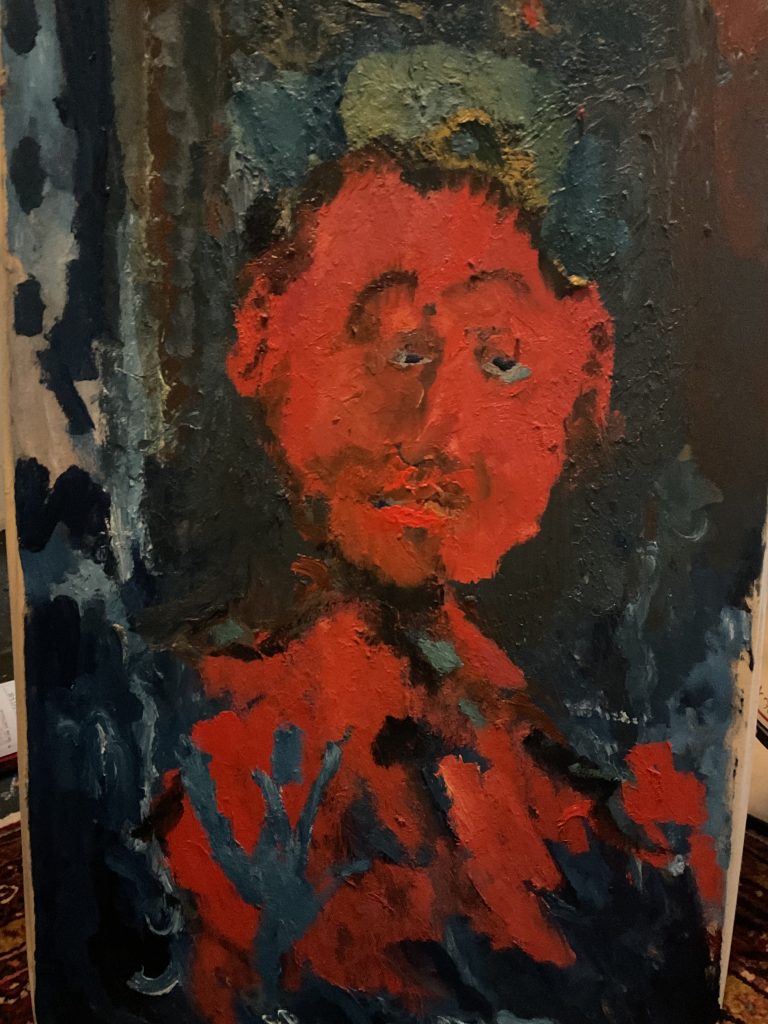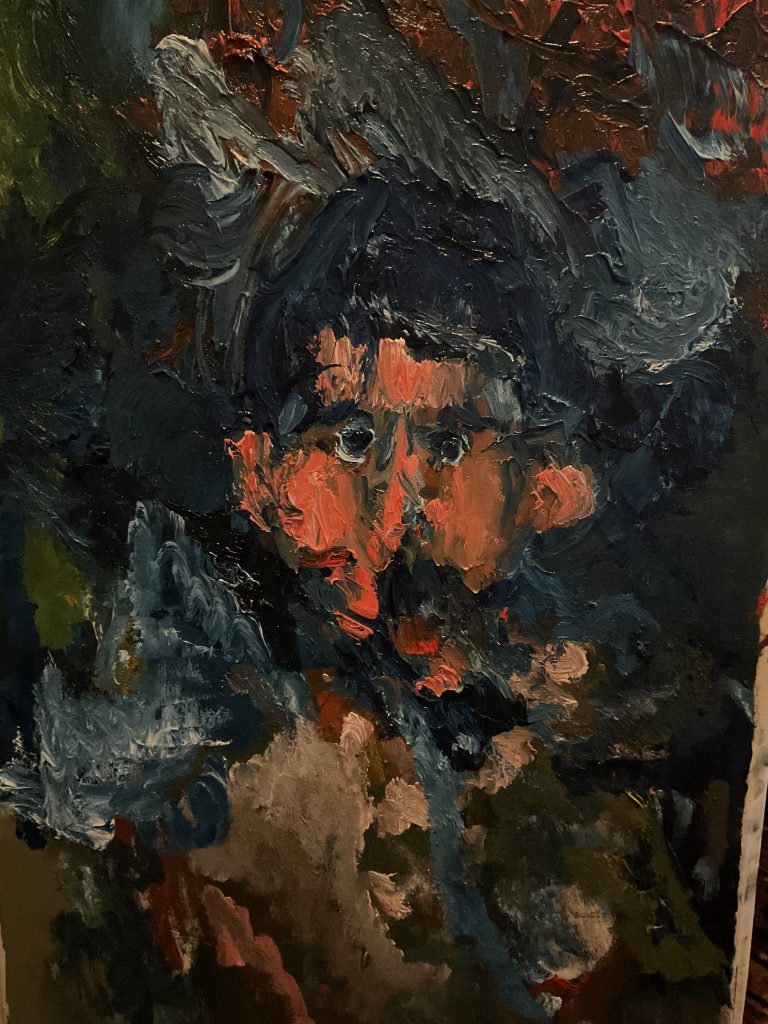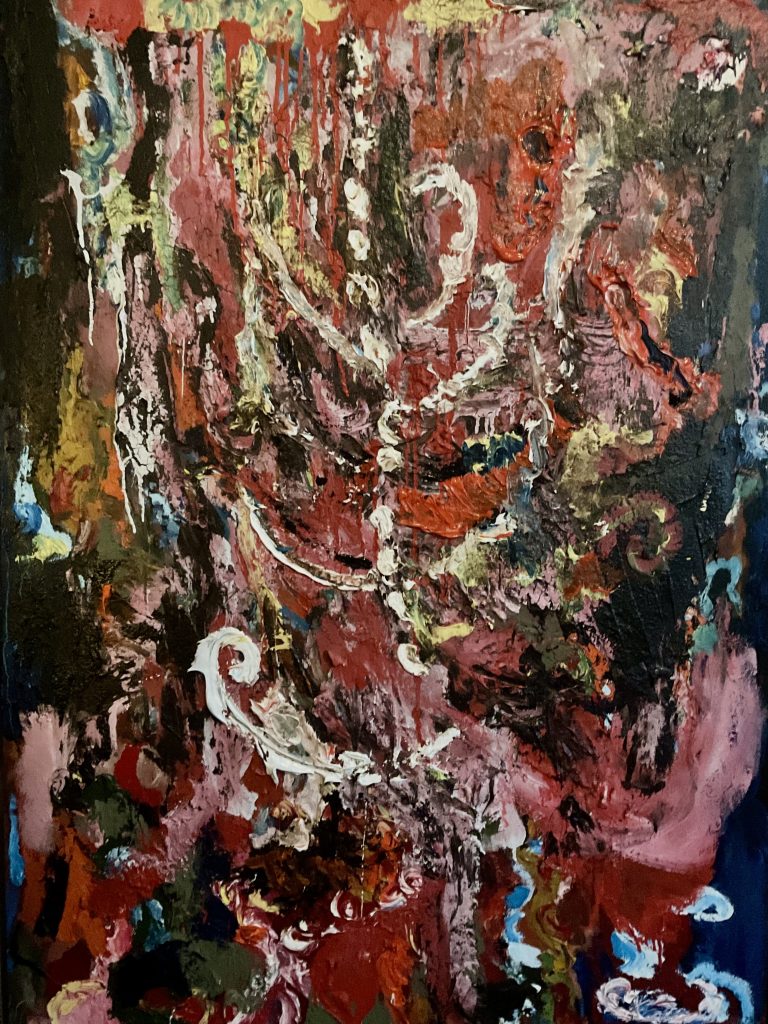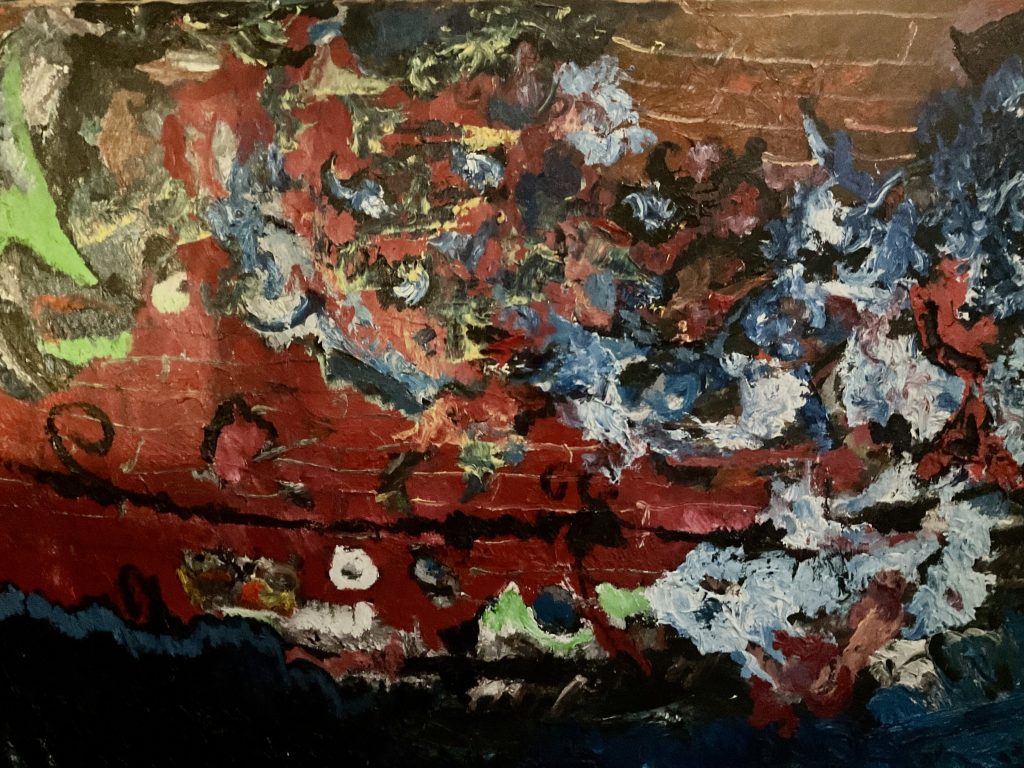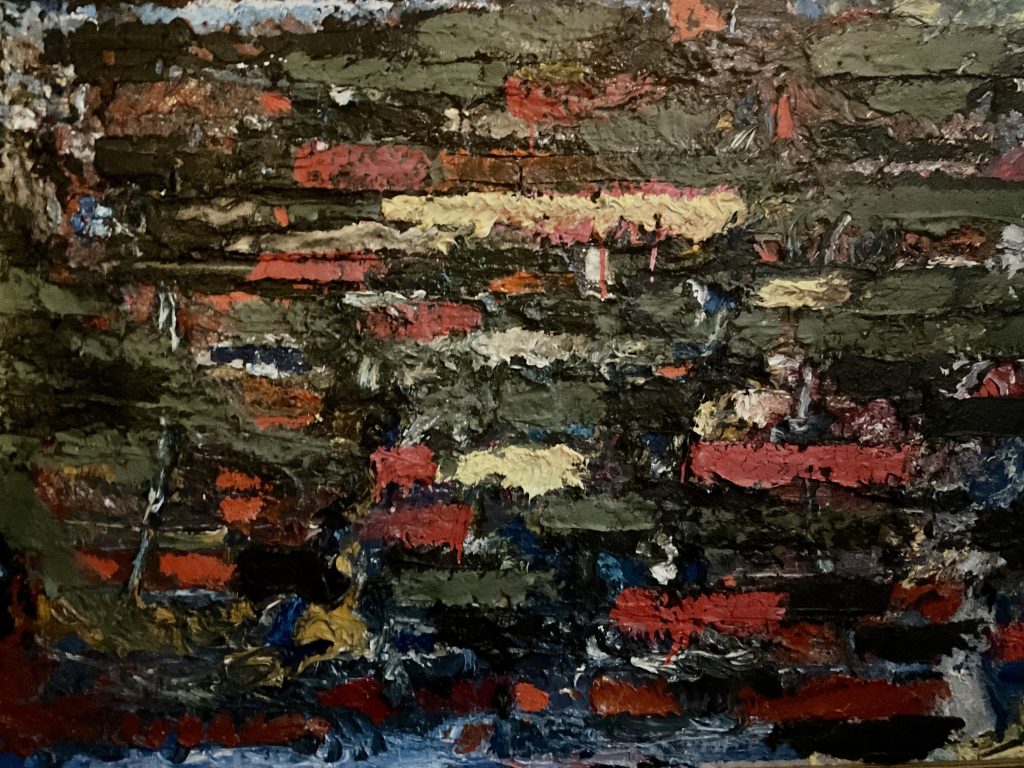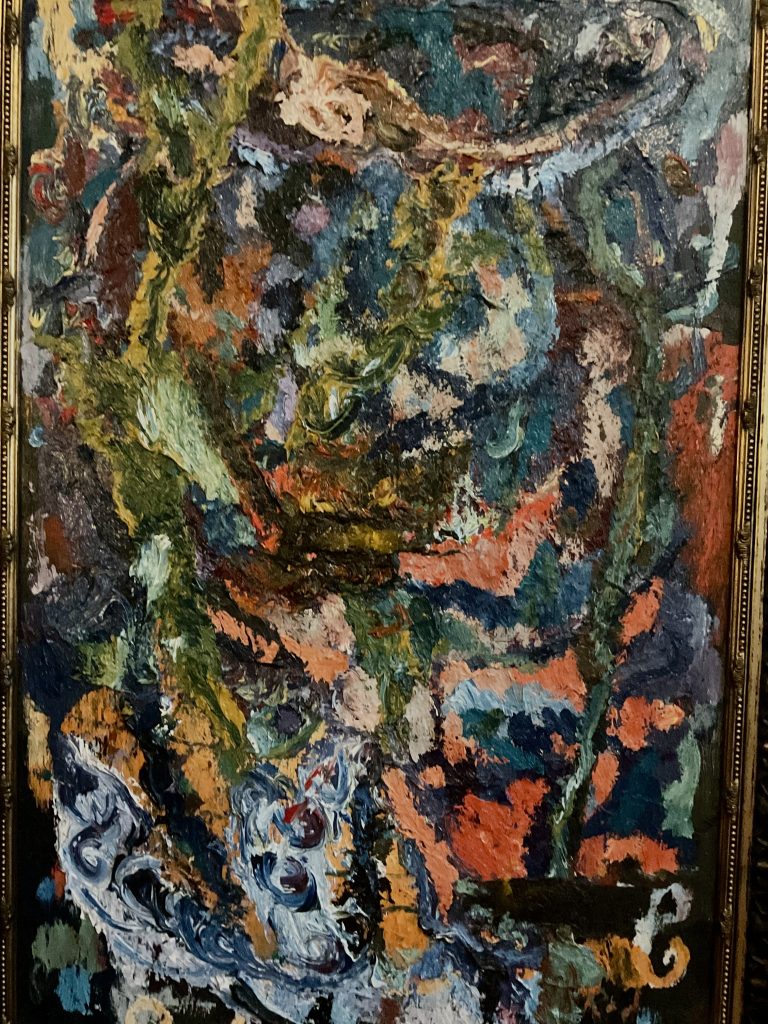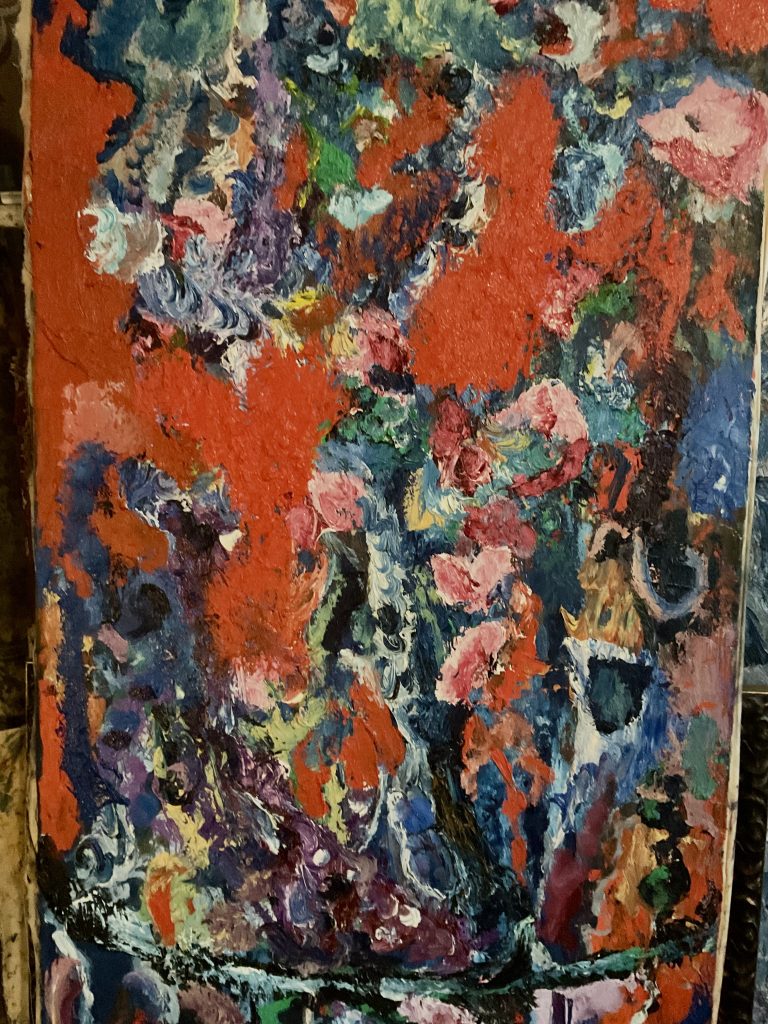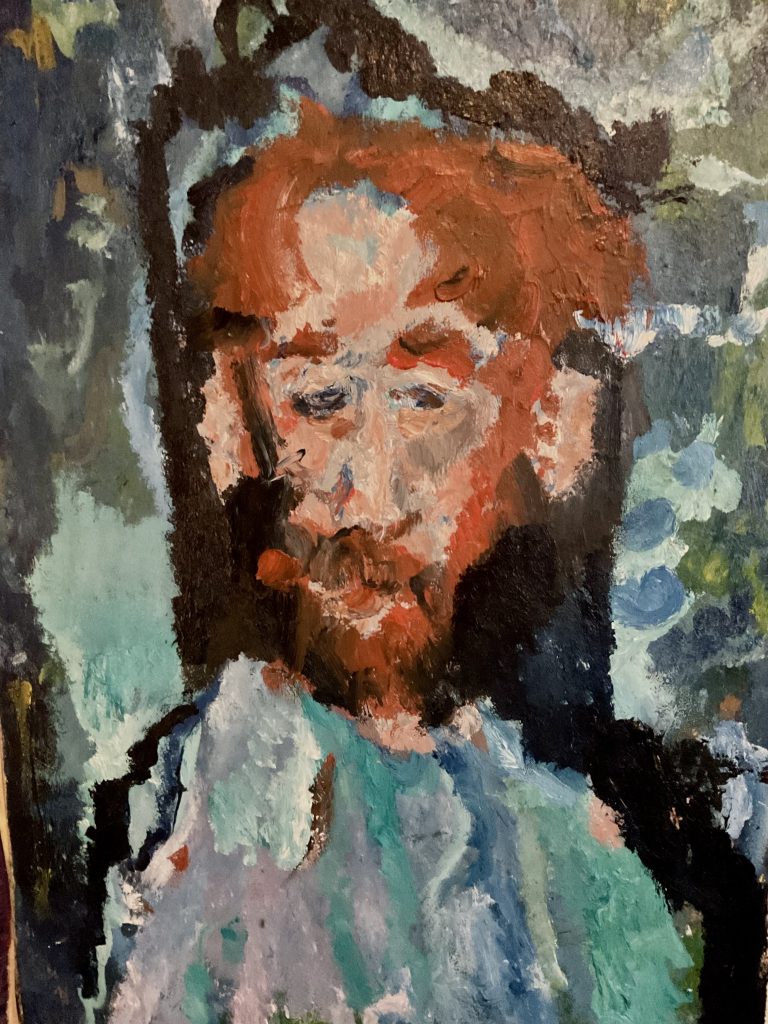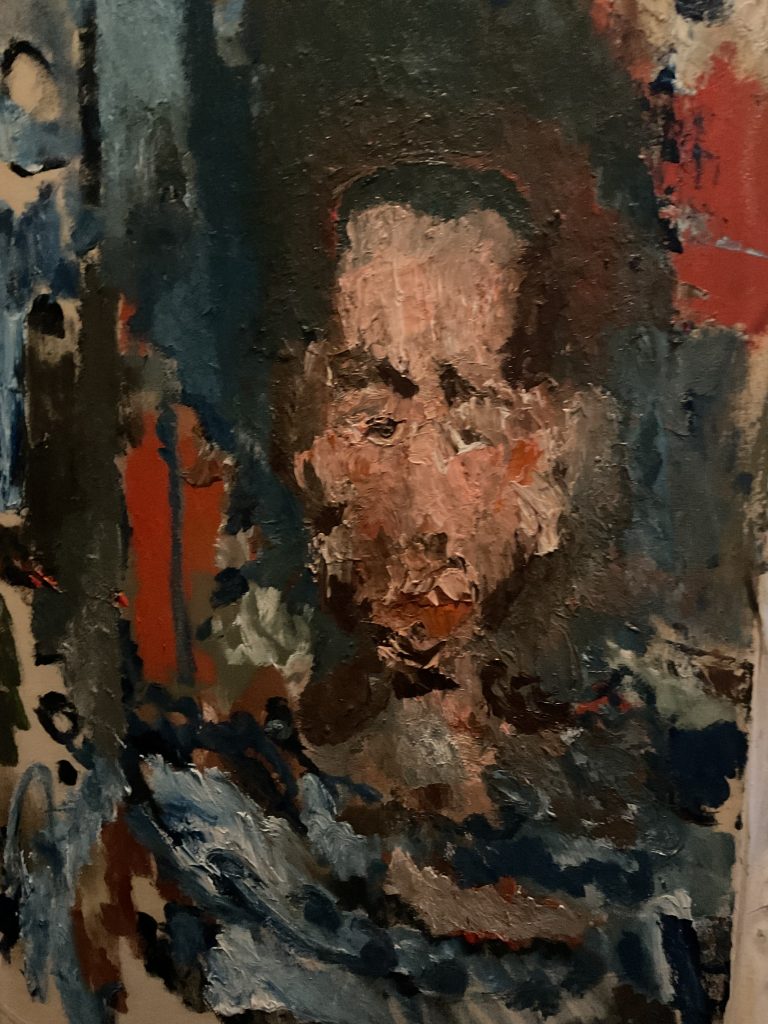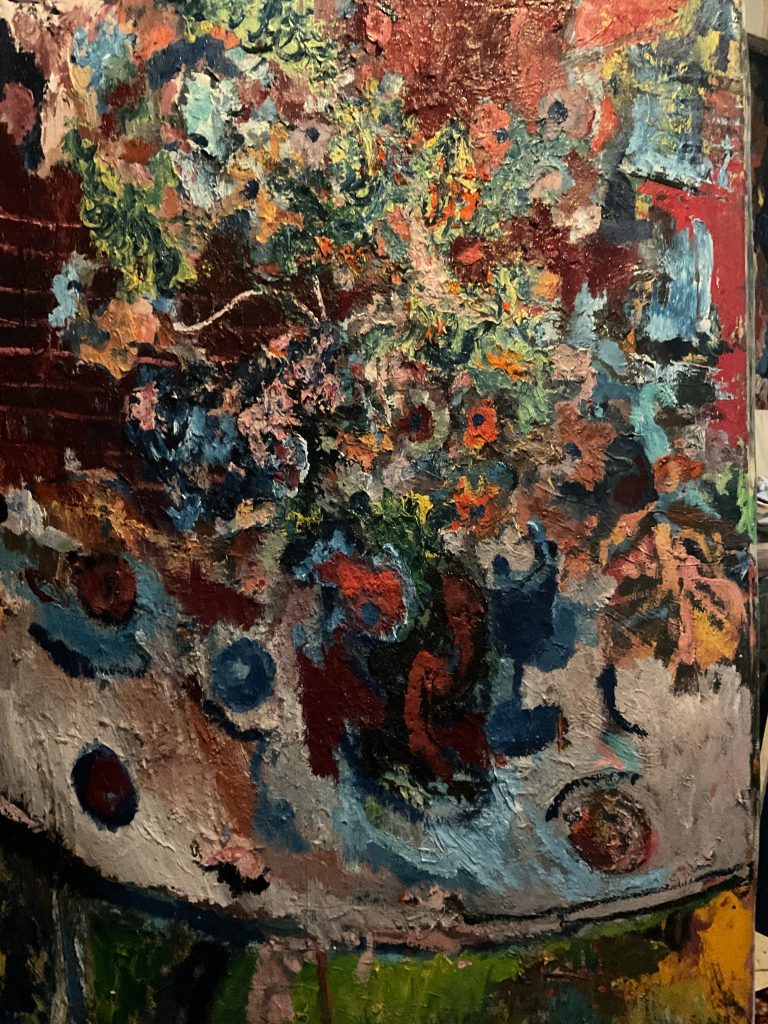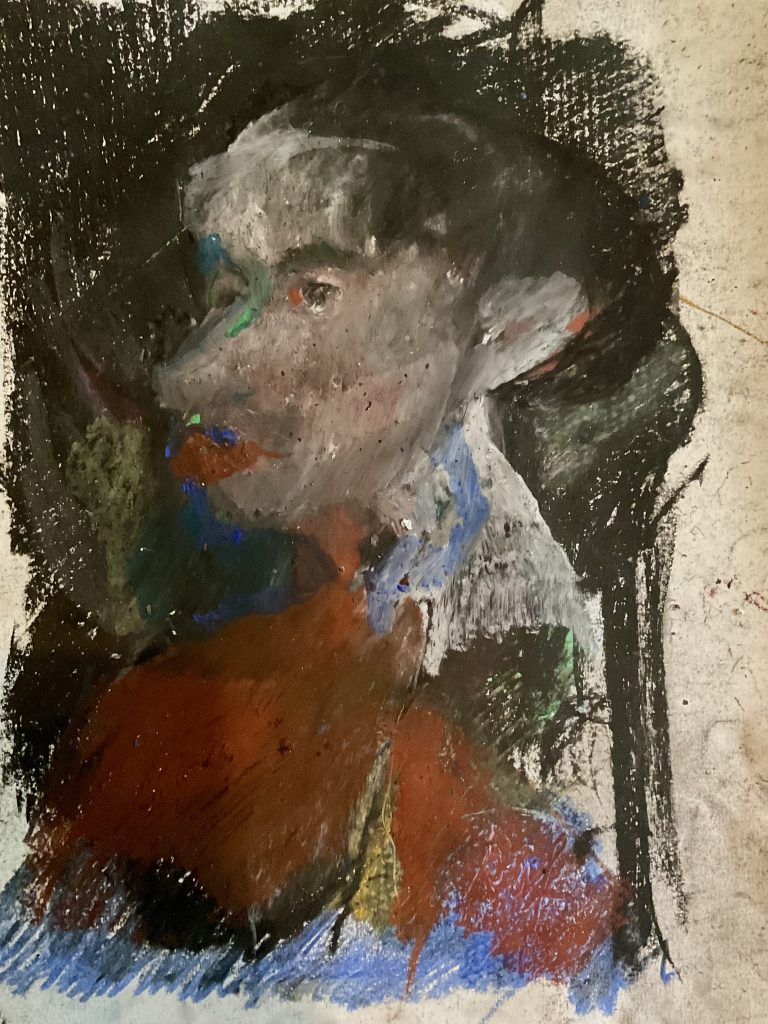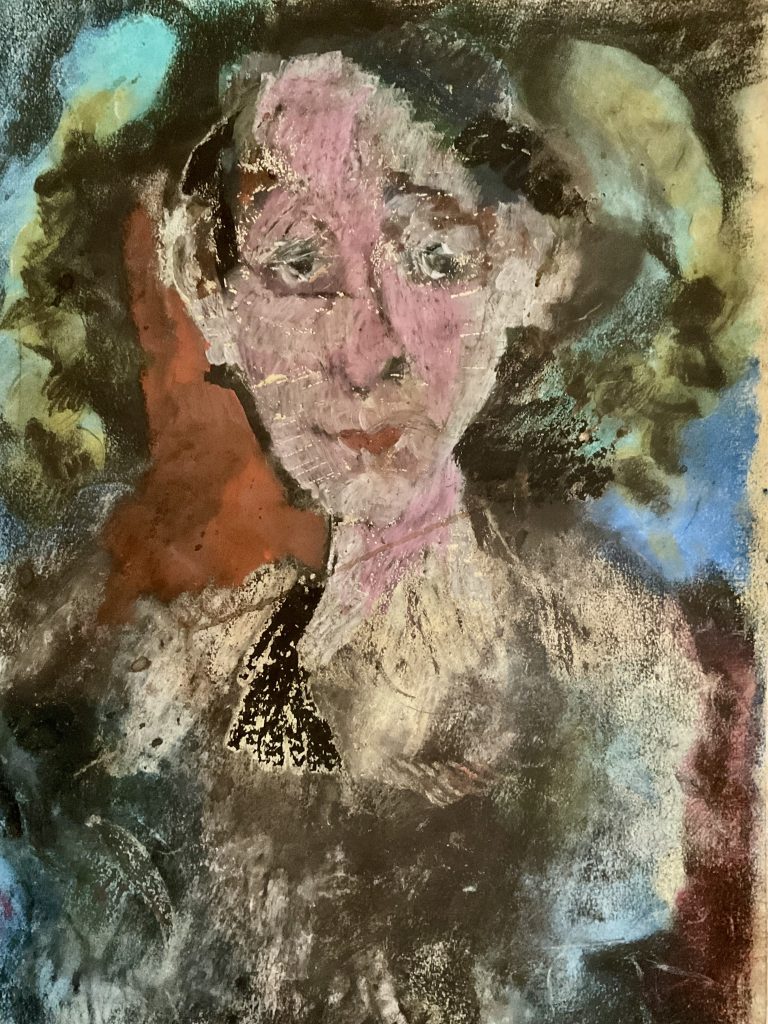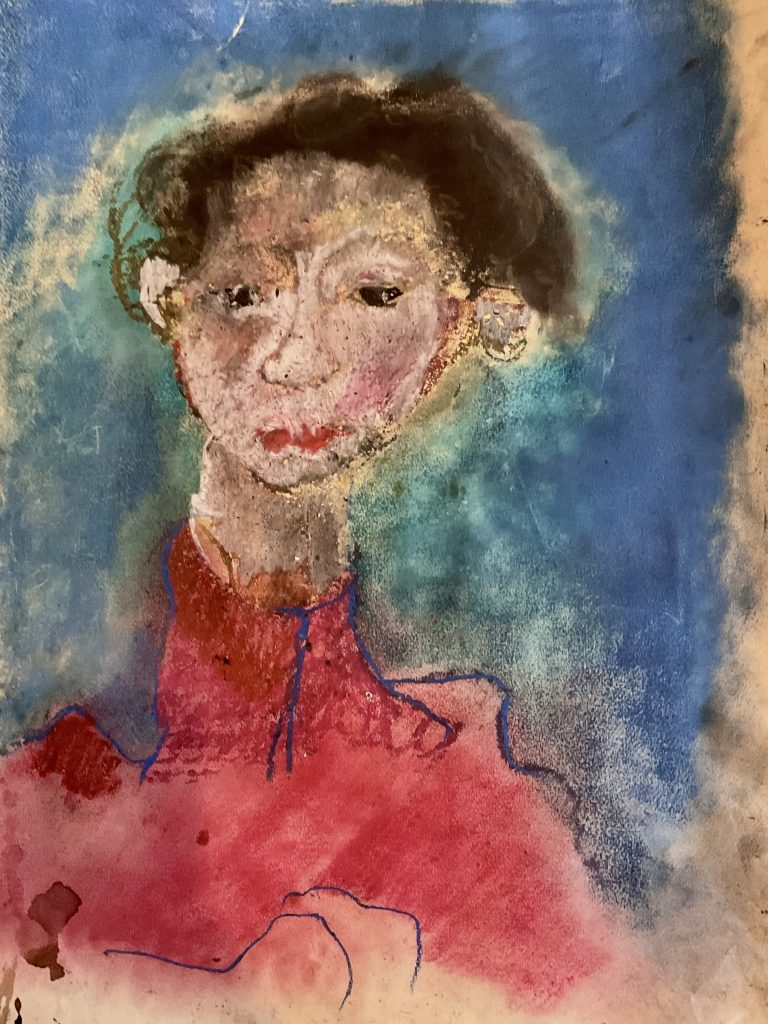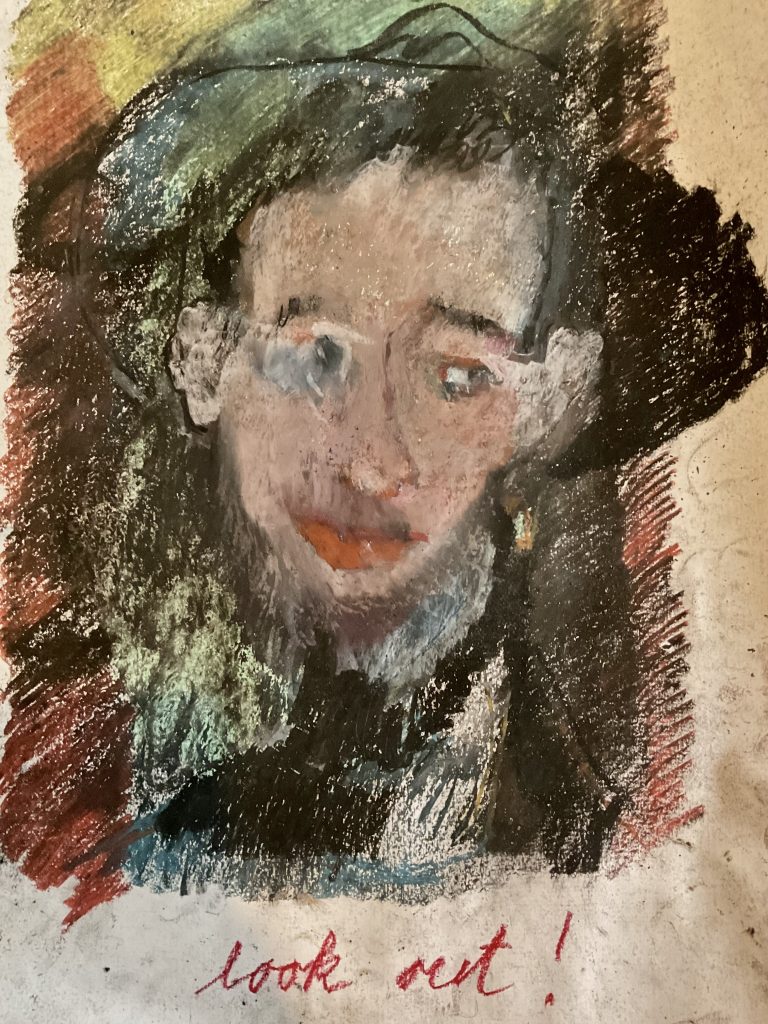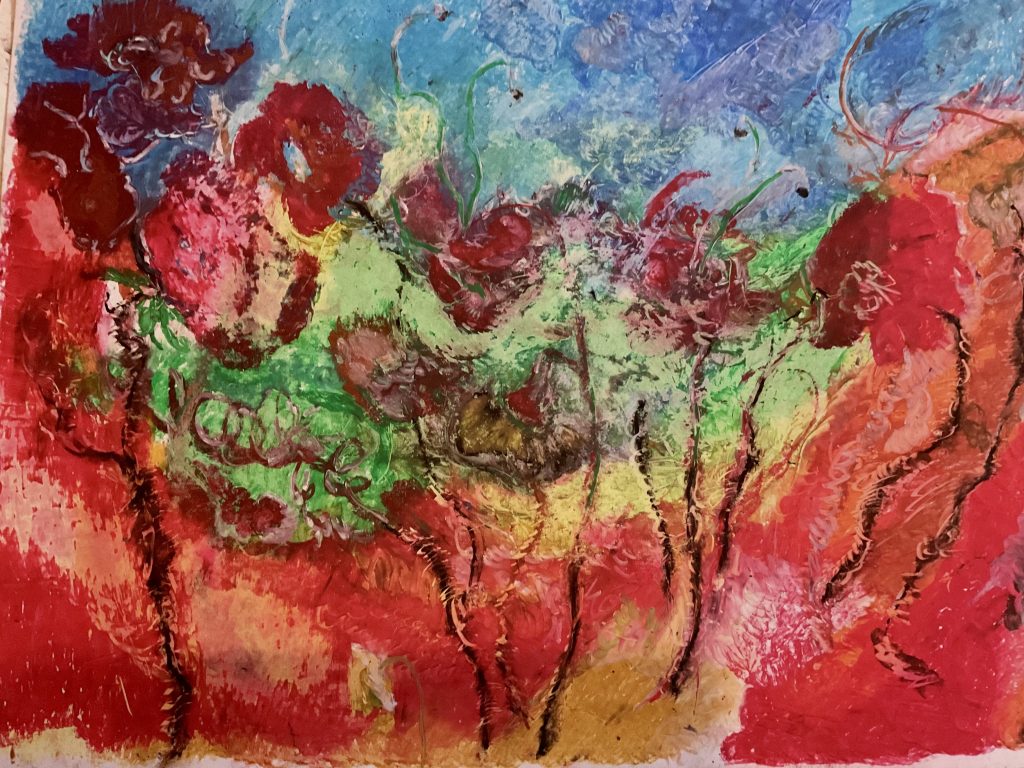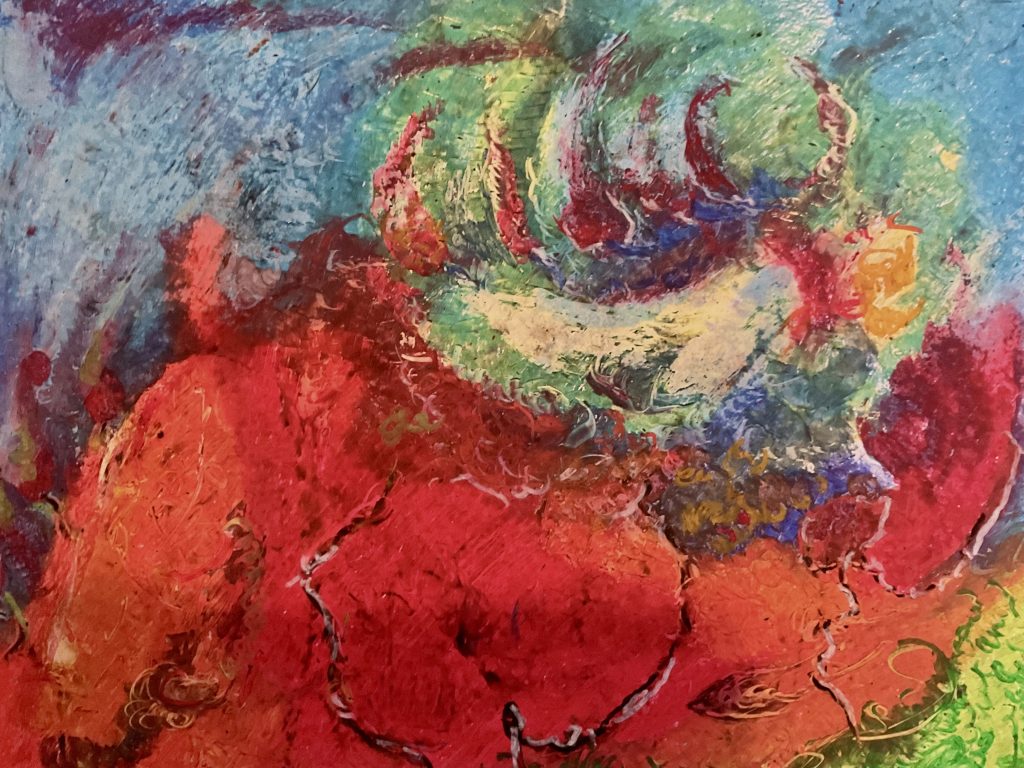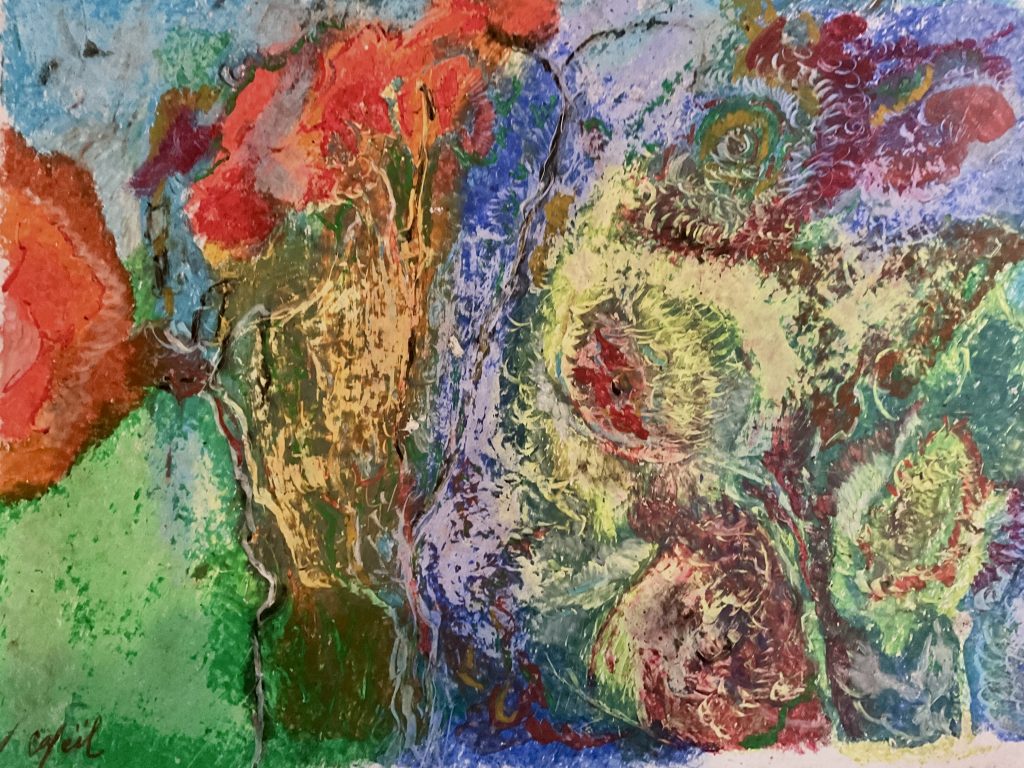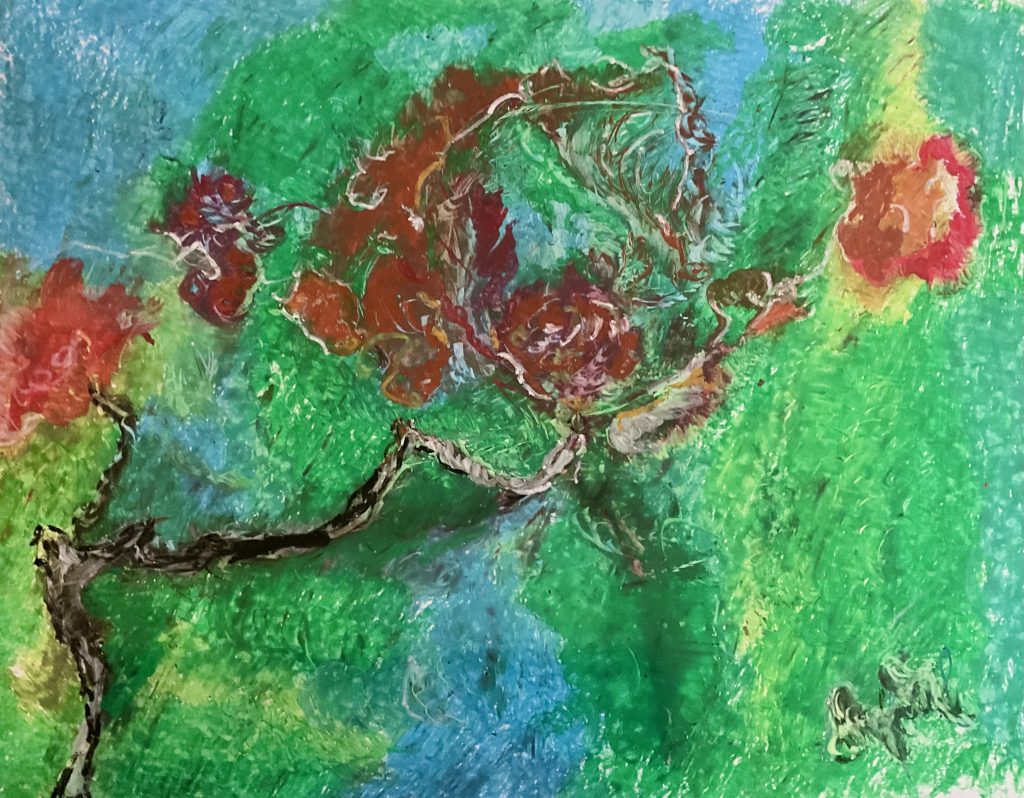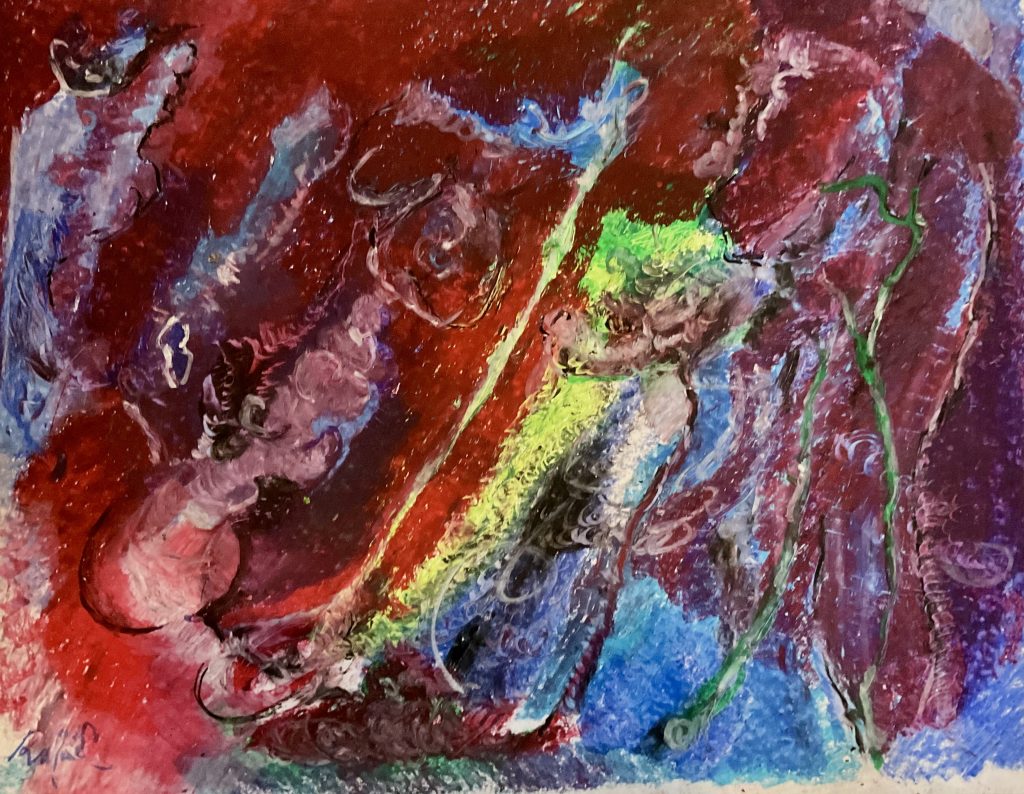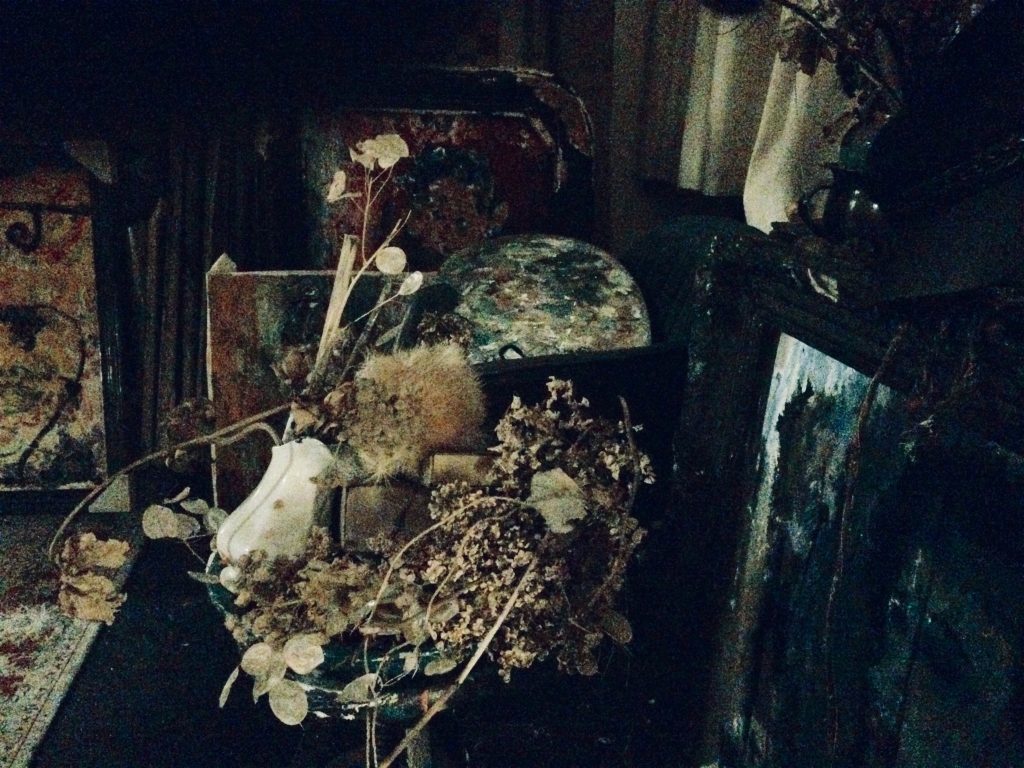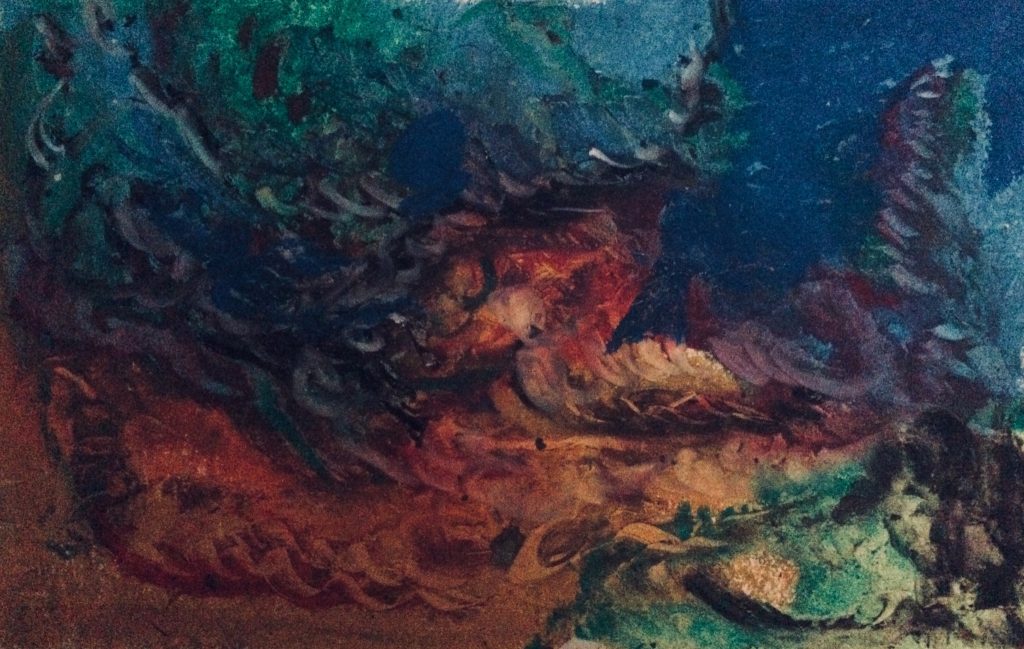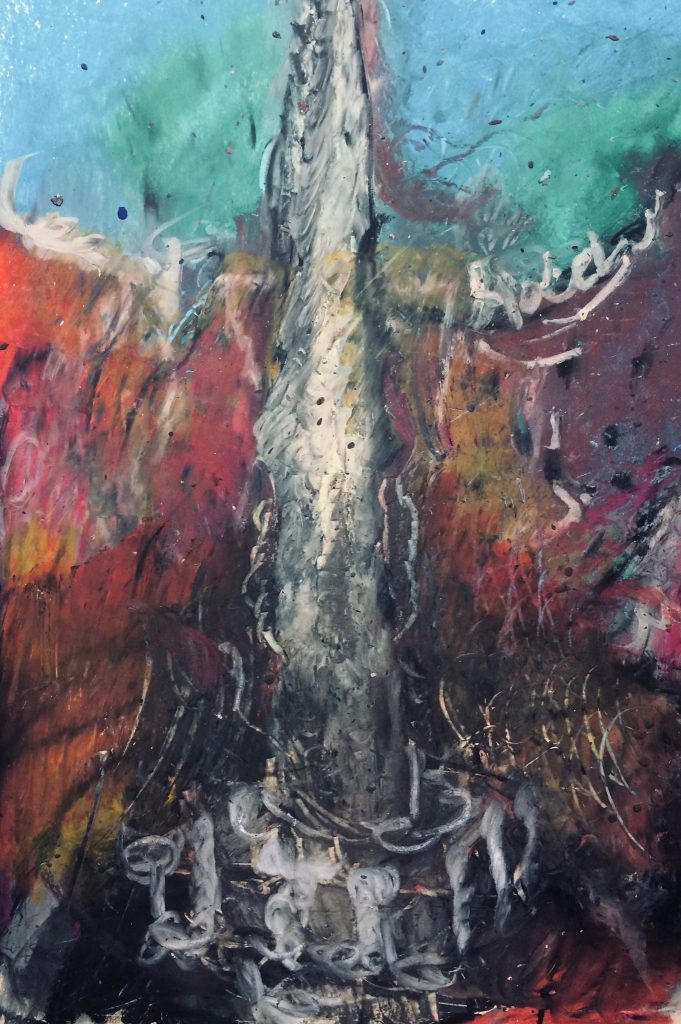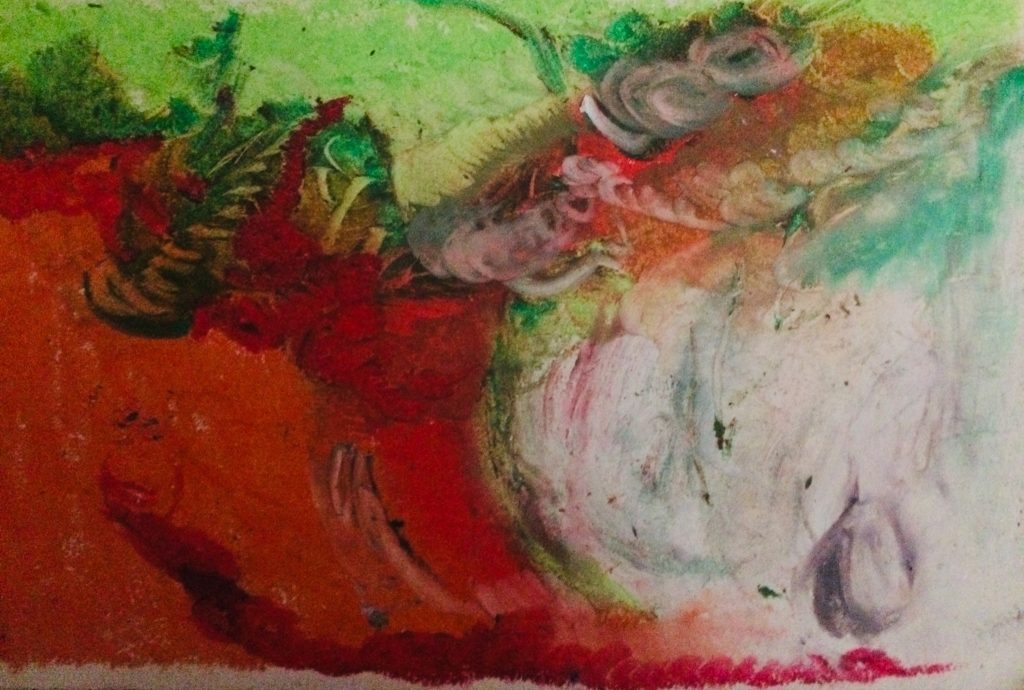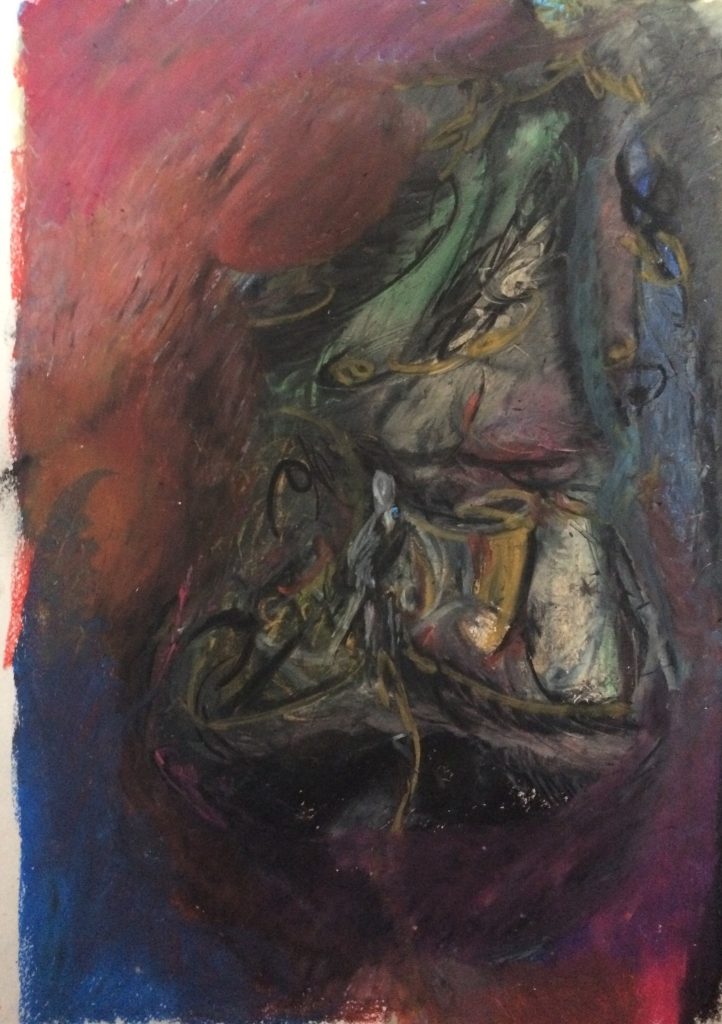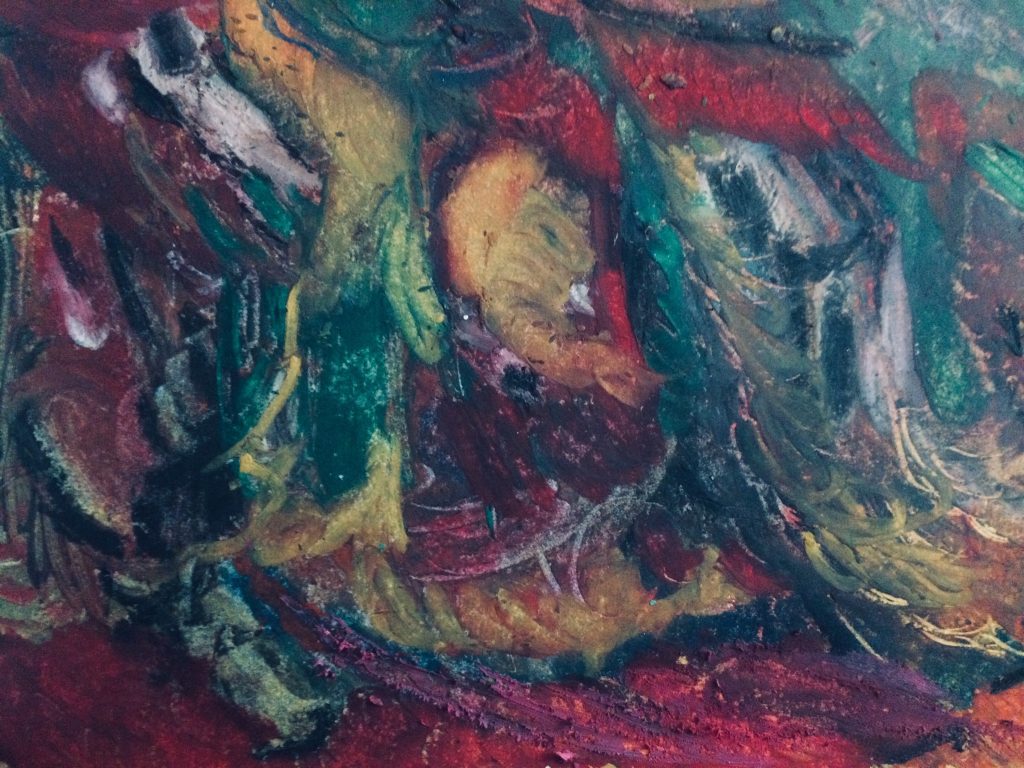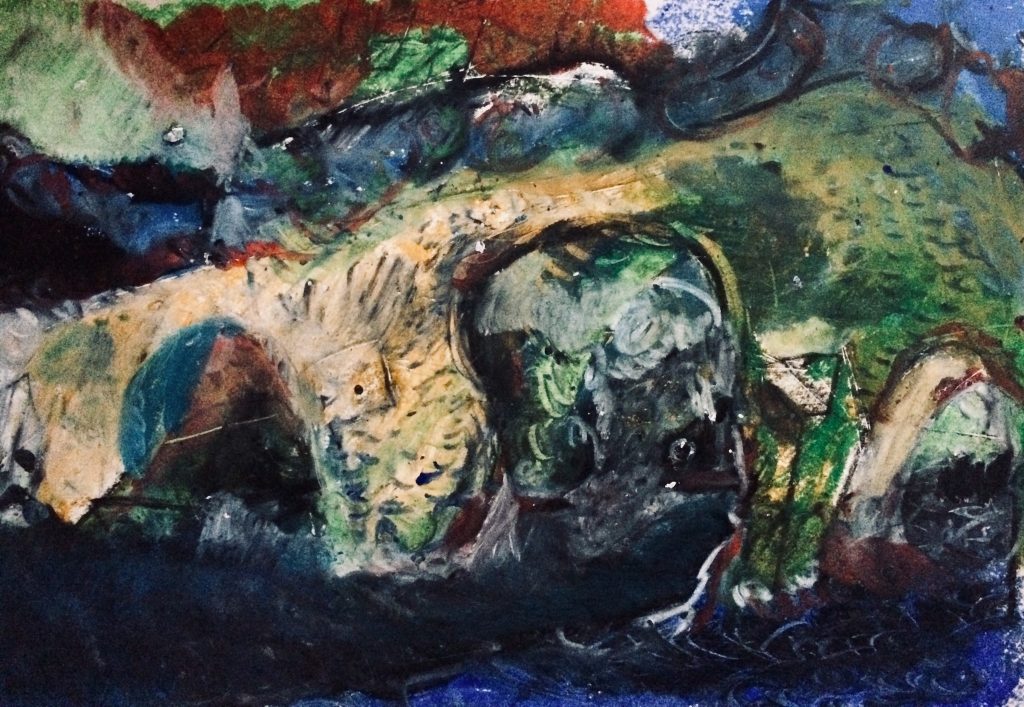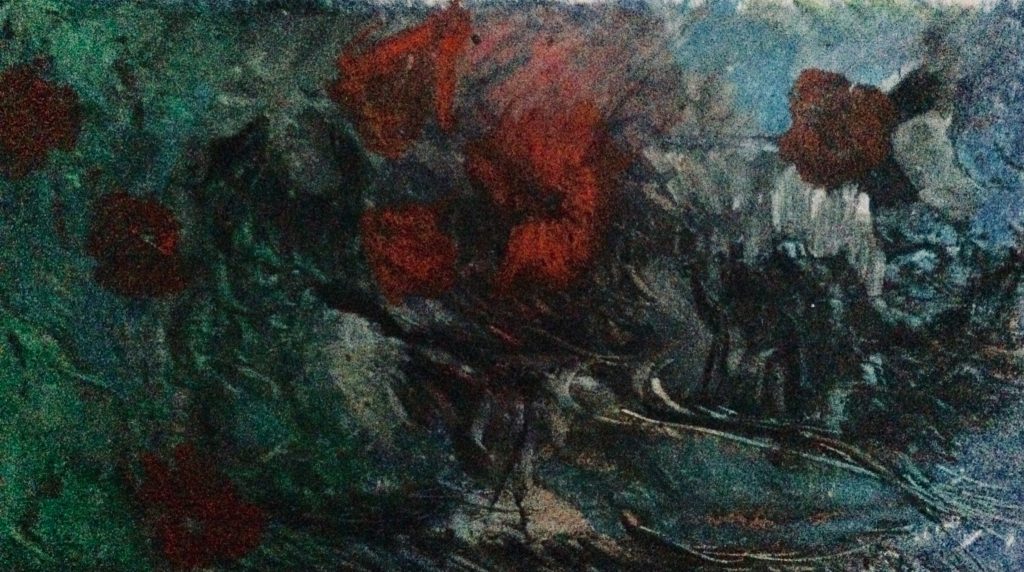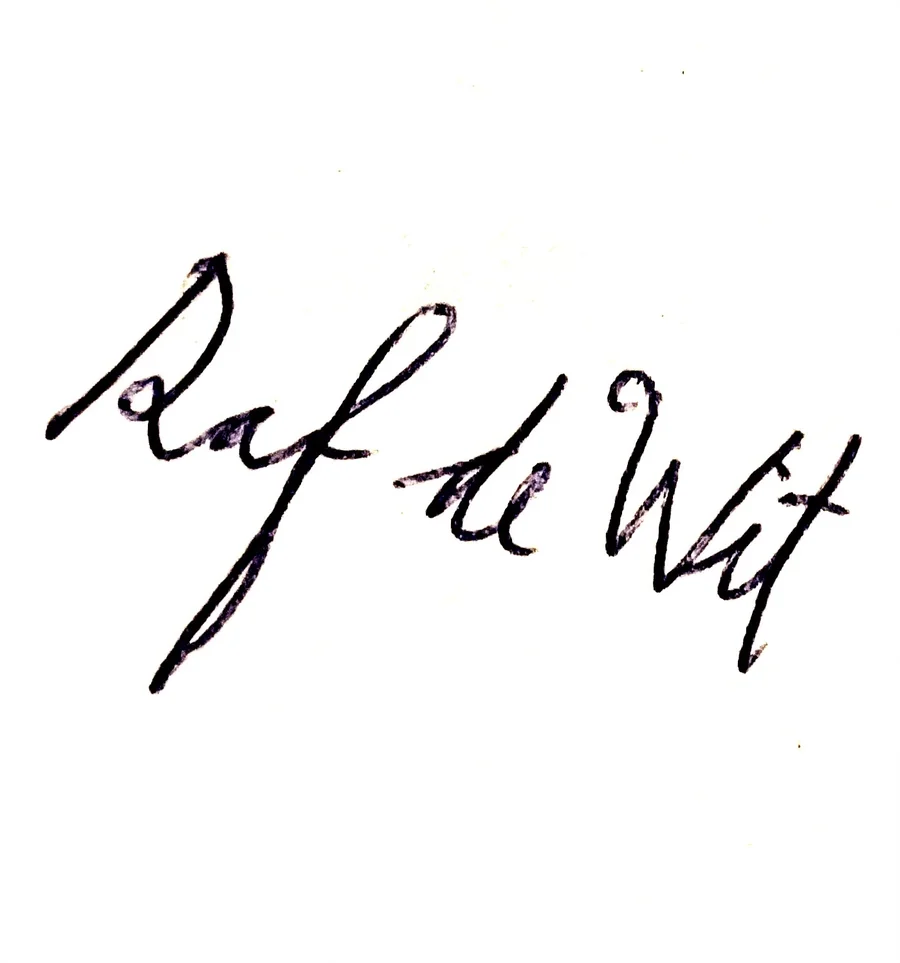Raf de Wit (Amsterdam) is een beeldend kunstenaar die vooral in zwart-wit werkt met conté, houtskool en gum. Zijn tekeningen ontstaan uit dagelijkse stadswandelingen: hij verzamelt foto’s, observeert lichtval, wolkenformaties en menselijke interacties, en werkt die indrukken thuis uit tot tekeningen — een doorlopend “dagboek van emoties” van de stad. Zijn werk is vertegenwoordigd bij Beeldend Gesproken (artotheek/galerie) in Amsterdam.
-
Raf de Wit — The studio is full. Studies, petits, big lungs of color. No hype, just painting. — 2025-10-29 06:34
Stop by the Studio If a piece won’t stop looking at you, listen. First-come, first-served. Price Ladder Studies (A4–A3): €60–€150 Petits (30×40–40×50): €150–€400 Gallery pieces (50×70–70×100): €800–€3,500 Large works (>100 cm): €3,500+ Edition prints (A4–A2): €45–€95 Bundles (limited): Wall Starter (1 mid + 2 petits, save 15%) · Collector’s Box (5 studies, save 20%) ·…
-
Raf de Wit — If a piece won’t stop looking at you, listen. First-come, first-served. — 2025-10-29 06:25
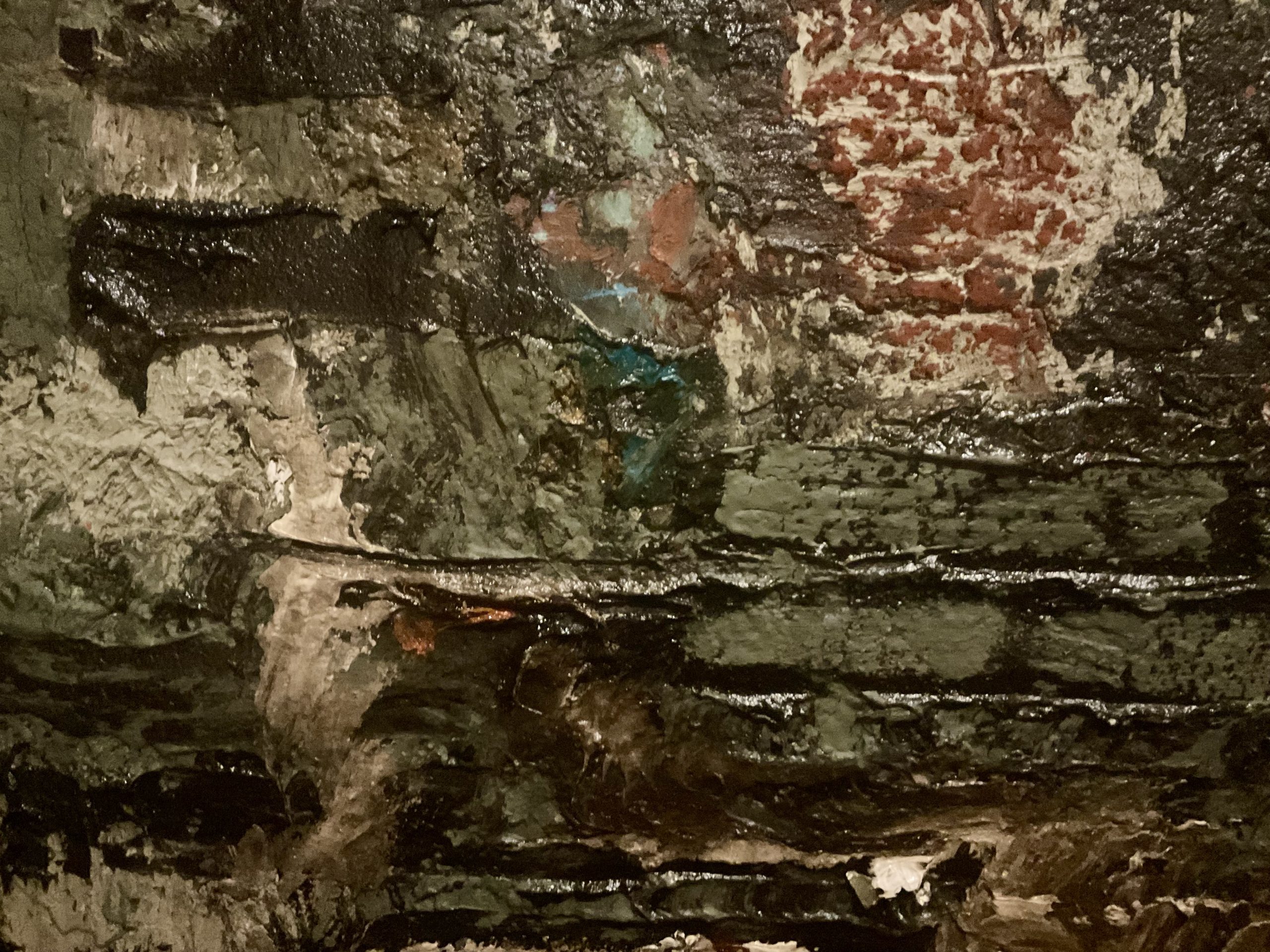
Stop by the Studio If a piece won’t stop looking at you, listen. First-come, first-served. Price Ladder Studies (A4–A3): €60–€150 Petits (30×40–40×50): €150–€400 Gallery pieces (50×70–70×100): €800–€3,500 Large works (>100 cm): €3,500+ Edition prints (A4–A2): €45–€95 Bundles (limited): Wall Starter (1 mid + 2 petits, save 15%) · Collector’s Box (5 studies, save 20%) ·…
-
Raf de Wit — If a piece won’t stop looking at you, listen. First-come, first-served. — 2025-10-29 06:02
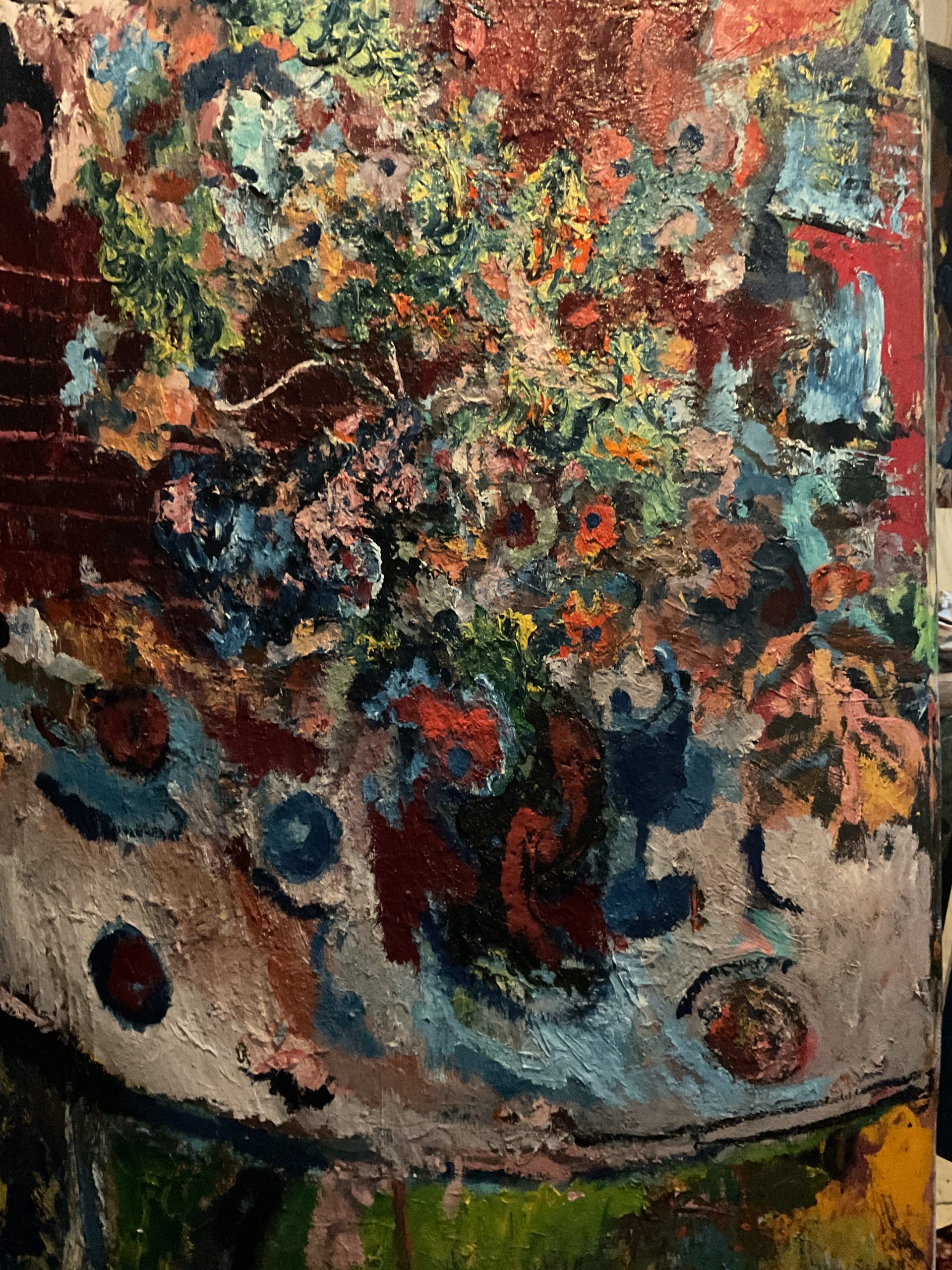
Stop by the Studio Color carries weather; edges breathe. Stand in front of it and decide. Price Ladder Studies (A4–A3): €60–€150 Petits (30×40–40×50): €150–€400 Gallery pieces (50×70–70×100): €800–€3,500 Large works (>100 cm): €3,500+ Edition prints (A4–A2): €45–€95 Bundles (limited): Wall Starter (1 mid + 2 petits, save 15%) · Collector’s Box (5 studies, save 20%)…
The bio for Raf de Wit:
Raf de Wit (b. NL) is an Amsterdam-based visual artist whose practice is rooted in long, daily walks through the city. Working primarily in black-and-white with conté, charcoal and erasure, he develops drawings from photographs and on-site notes, translating light, cloud formations and fleeting human interactions into an urban diary of emotion and energy. He maintains an artist page with Beeldend Gesproken (art library/gallery) in Amsterdam, where his materials, method and portfolio are profiled.
De Wit’s formation includes a decade of home study under the guidance of his father, Gerard de Wit (1996–2010), followed by time at the Royal Academy of Art, The Hague (KABK, 2008–2009) and the Willem de Kooning Academy in Rotterdam (2010–2011). Early projects ranged from photo and sketch excursions in Berlin’s Treptower Park (2012–2013) to a period of concentrated drawing around Leiden (2018). Since 2018 he has focused on Amsterdam, consolidating a language of charcoal atmospherics and notational mark-making that moves between observation and memory.
In 2024, De Wit exhibited in Waan-zin-geving at Beautiful Distress House (Amsterdam), a group exhibition exploring how art can offer hope and meaning in the context of mental vulnerability. The curatorial text characterizes his persona and work as exuberant yet intent on revealing what lies beneath the surface—a tension he renders as layered structure and rhythm in charcoal.
De Wit’s presence in Amsterdam’s art circuit includes a Cult TV (SALTO) feature titled Raf de Wit in zijn atelier, broadcast alongside coverage of citywide cultural programming, which further positioned his studio practice within local visual-arts discourse.
Across drawings and photo-based studies, De Wit consistently pursues the moment when perception turns into feeling—when a pass of light, a gesture in the street or a weather front becomes structure. The resulting works—spare, tonal, and deliberately open—invite viewers to inhabit the residue of a walk, the echo of a scene, and the emotional weather of the city.
